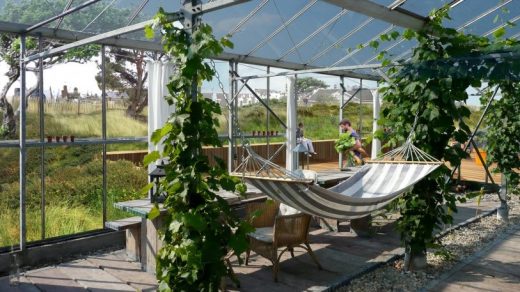Forget green roofs–this apartment building has sand dunes on top
When you picture a green roof, you probably see a perfectly manicured space, like a skyscraper got a flat top and dyed it green. No doubt, such green roofs are beautiful, and they’re also superb for cooling buildings and mitigating rainfall. But they’re a version of nature that’s every bit as tamed as your average suburban lawn. It’s more urban than wild.
The landscape architects at Buro Harro, in collaboration with Bastiaan Jongerius, Ronald Janssen, and DGMR, are imagining a different type of green roof atop Amsterdam’s forthcoming Groenmarkt apartment building. “It will become a hilly, sandy dune landscape with dune-grasses and other plants growing there,” writes studio founder Harro de Jong over email. “With a salty swimming pool in the middle of it.”
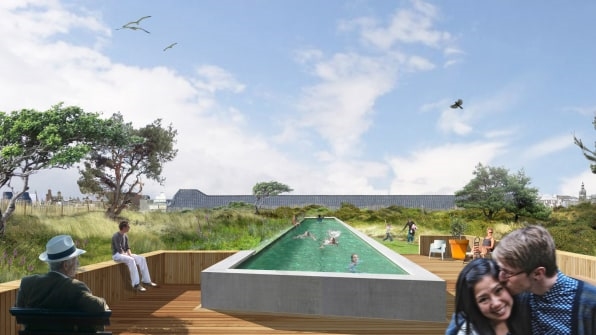
As Harro explains, “The weather in the Netherlands isn’t always that great. Especially on a roof. It’s even more windy and chilly than it usually is. So we thought: why not talk a landscape that perfectly matches these windy circumstances, where everybody loves to go even on a windy, stormy or rainy day: the coast, the dunes!” Harro isn’t wrong. Dunes are a specific type of beach experience, not one necessarily promising coconut drinks and sunburns, but one that can scratch a certain existential itch. Dunes provide the feeling that you’re surrounded by a natural world far greater than yourself–and it’s hard to imagine a better cure to city life than that.
Practically speaking, dunes make a lot of sense for roofs, too. Dune grass–and specifically, the species ammophila arenaria being used in this project–doesn’t need much maintenance. It handles high winds well because it evolved to do just that. And its root systems help stabilize the the sand and maintain its hilly shape. “Small trees we plant in the direction of the prevailing winds will finish the real dune-feeling,” says Barro. “The sounds of Amsterdam on the background will be like the murmuring sea on the background.”
The rest of the building has been designed to welcome nature in, as well. Plantings will cover much of the facade, while bird nests and bat houses will be built into its four external walls. It’s “an apartment complex for human and animals,” Barro explains. “We create more biodiversity through building than what is actually there right now.
Groenmarkt’s greatest appeal, however, may be to people living nearby. The dune roof is more than just green; it breaks up the sharp geometric facade with organic, rolling hills. Enough such buildings could transform a city’s horizon into something that looks more like foothills or mountains than urban architecture. And the benefits of a whole city feeling like an ecological phenomenon rather than human construction could have a profound impact on us all.
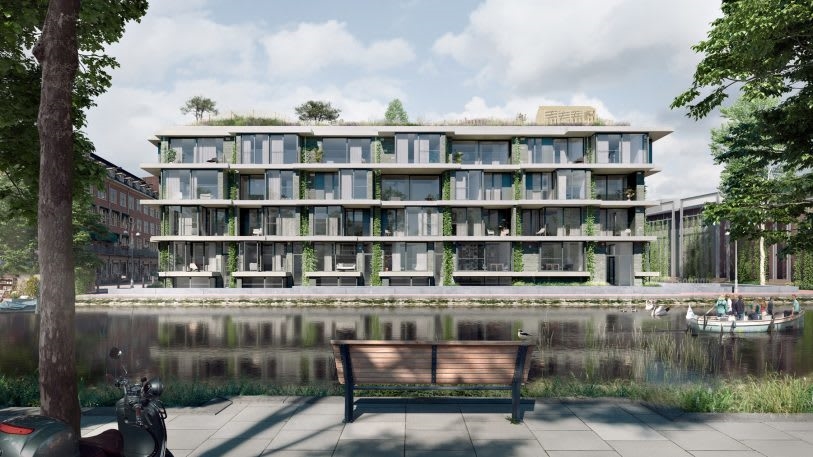
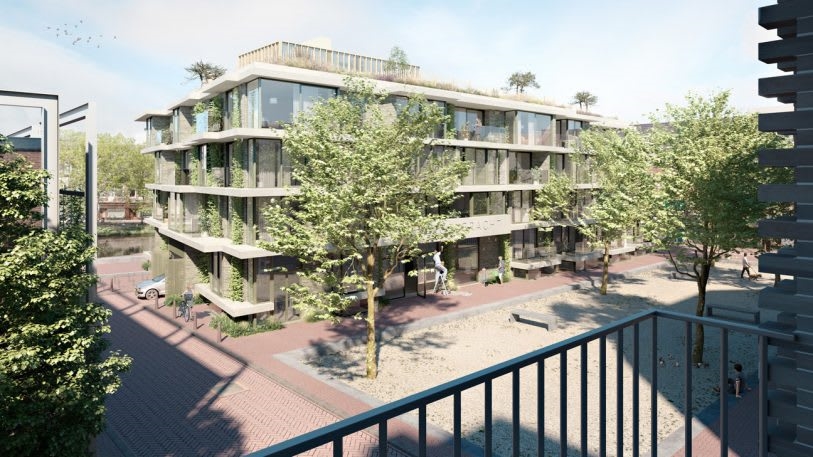
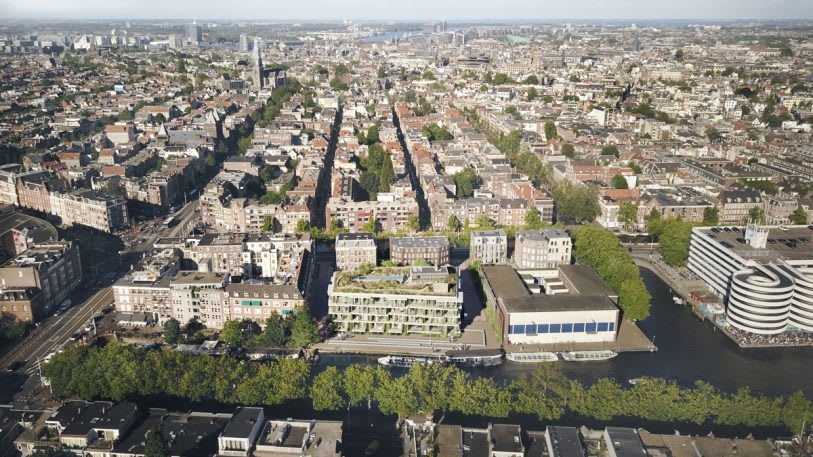
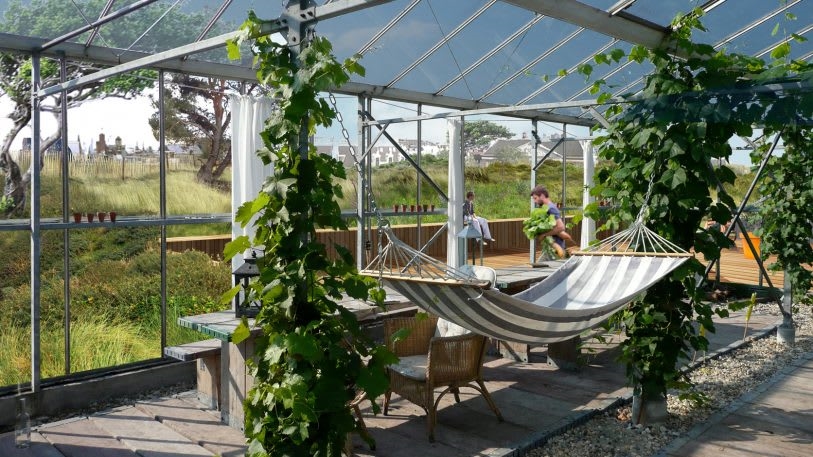
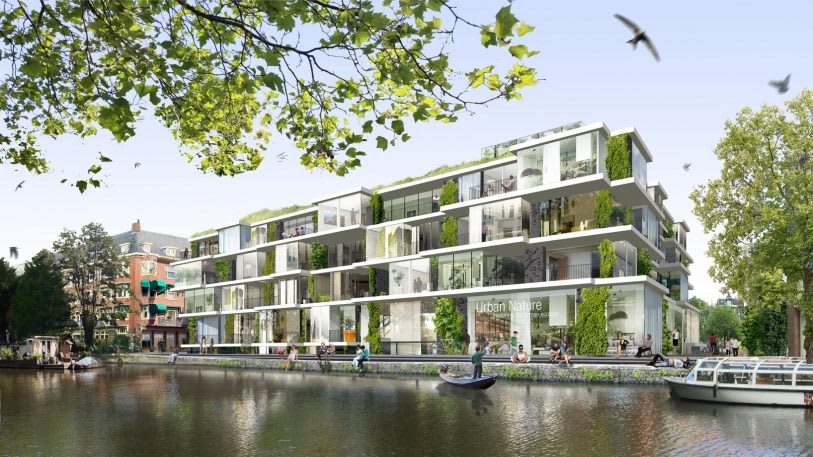
(18)

